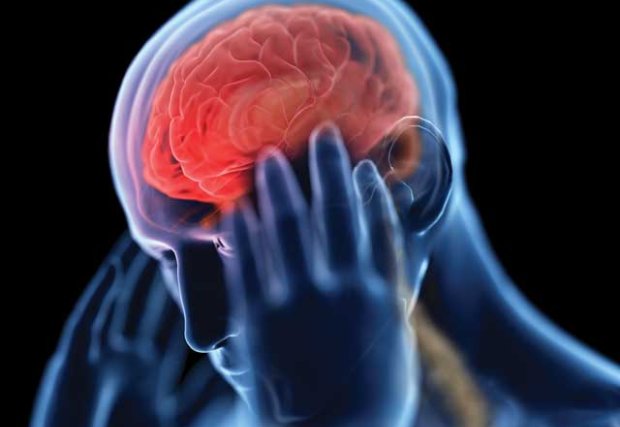It can be scary to think you might be having a possible stroke, but getting treatment right away is critical in order to have the best possible outcome. Stroke is the leading cause of adult disability in the U.S.* and occurs when the blood supply to the brain is interrupted. Here, Stroke Program Coordinator Alice Cruikshank, RN, MSN, CNRN, of Wellington Regional Medical Center, answers key questions.
Q. What if I’m not sure about the symptoms?
Sometimes stroke symptoms are very mild and people don’t realize they may be having a possible stroke, or they may attribute their symptoms to something else. If you notice vision changes, numbness and other warning signs, call 9-1-1, even if you’re not sure. Don’t worry about being a bother, and don’t wait to seek help.
Q. What is the danger in waiting?
Time is brain. The longer people wait, the more brain cells they lose and the more damage is done. Doctors have about 4 1/2 hours from when symptoms start to give the clot-busting drug, tPA. Timing also impacts the ability to be considered for a clot retrieval procedure to remove a blockage.
Q. Why should I call 9-1-1 and not have a friend drive me?
EMS crews are trained to screen for possible stroke and they can start treatment right away. Also, they can alert the hospital that you’re coming so everything is ready when you arrive. It’s all about minimizing the damage that’s done. Getting that early alert from EMS is key.
Q. Can stroke be prevented?
Yes, up to 80 percent* of strokes are preventable. This involves managing risk factors such as high blood pressure, high cholesterol, atrial fibrillation, diabetes, diet, activity level and others. Also, it’s important to remember that strokes can occur at any time and any age, so even if you don’t think you’re at risk, act immediately if you have symptoms.
Learn more about stroke care at Wellington Regional →
Recognizing the symptoms can save your life.
BE FAST by the American Stroke Association® offers an easy way to remember the most common signs of stroke.
BALANCE: Does the person have a sudden loss of balance or coordination?
EYESIGHT: Has the person lost vision in one or both eyes or have they had sudden double vision?
FACE: Ask the person to smile. Does one side of the face droop?
ARMS: Ask the person to raise both arms. Does one arm drift downward?
SPEECH: Ask the person to repeat a simple phrase. Is their speech slurred or strange?
TIME: If you observe any of these signs, call 9-1-1 immediately.
*Source: National Stroke Association®

